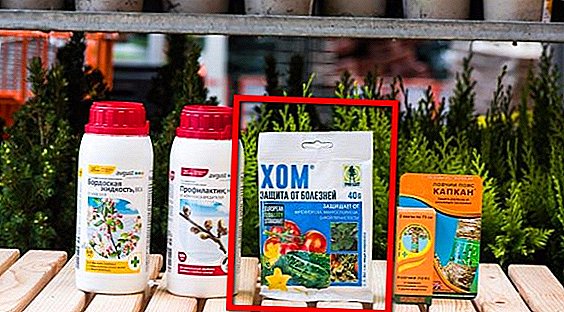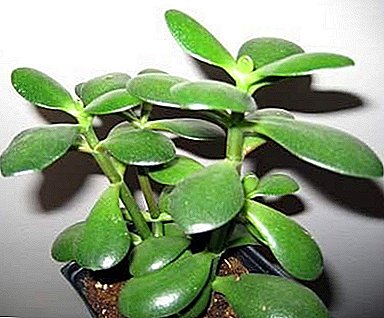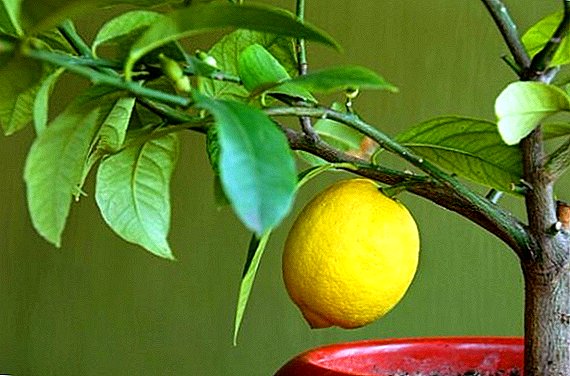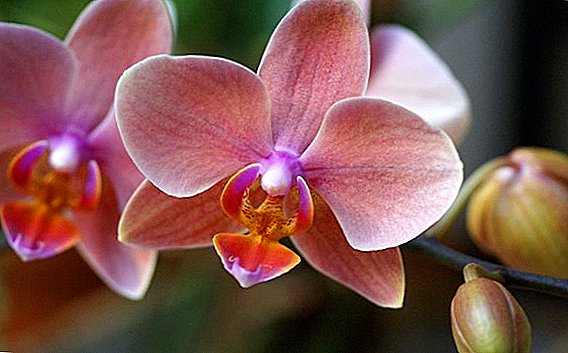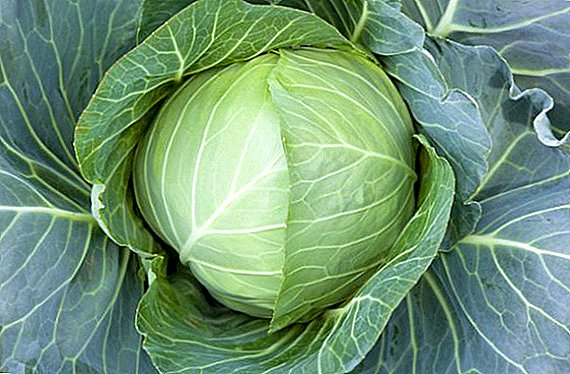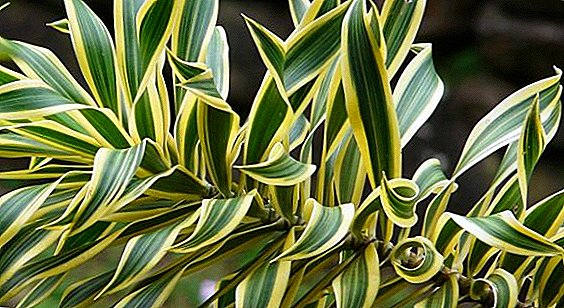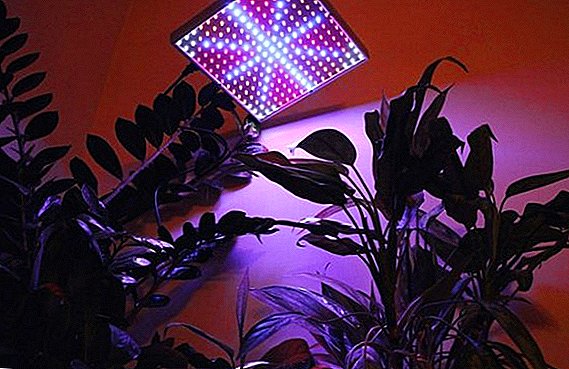 Houseplants are in almost every home and, of course, they need care.
Houseplants are in almost every home and, of course, they need care.
The most important element for the life of vegetation is light.
About lighting indoor flowers and how to ensure it we will talk today.
Light and plants
According to the school lessons of botany, we remember: light is the main condition for the process of photosynthesis, which, in turn, is the basis of plant nutrition. Foliage contains coloring pigment chlorophyll. 
This element absorbs carbon dioxide and water from the atmosphere and, under the influence of solar ultraviolet, converts them into oxygen and carbohydrates (glucose) necessary for the growth and development of the plant.
Without enough light, the process will flow in the opposite direction, as a result, the flower will weaken and die. Therefore, in order to provide the green pet with sufficient nutrition, the growers fill the lack of sunlight with artificial lighting with special lamps.
Learn also how to choose a seedling lamp.This is especially true in the winter, when the light day becomes much shorter.
How to understand that plants do not have enough light: the main signs
The lack of lighting affects the appearance of the flower, its shape, growth rate changes, almost all of its parts are deformed. 
Over the leaves
Foliage will signal the problem with the following symptoms:
- cuttings of foliage, trying to catch at least some source of light, will bend and stretch toward the desired source;
- behind the cuttings the stem will begin to bend;
- rows of leaves will thin out, new leaves will begin to form at a greater distance from each other;
- the sheet plate will take a curved shape; its edges may wrap;
- leaf color will lose brightness, if a pattern has been previously present, it will lose its appearance, turn pale;
- the bottom row of foliage will begin to die off.
By colors
In flowering plants with a lack of lighting:
- much less inflorescences will be formed during flowering, it is quite possible that the flowering itself will not take place;
- in the absence of proper care, buds that are tied up can fly around;
- a blooming flower will not have its inherent brightness, it will be smaller and is unlikely to please with long flowering.

Ready decision or "homemade"
When choosing a lighting device, flower growers are confronted with the question: what is better - a ready-made device or hand made. Let's understand the nuances of those and others.
Pros and cons of the finished product
The advantages include a large selection of products, depending on the spectral characteristics, price range, instrument design:
- power of the device is selected according to the area of plantings;
- Modern products from high-quality manufacturers are safe to use, easy to connect;
- a variety of designs allows you to choose the best location option (suspended device, on a tripod);
- most of them are easy to use: you can adjust the height and angle of inclination, the products fit perfectly into the interior;
- many are equipped with light reflectors, which facilitates the perception of unusual radiation by the human eye;
- the manufacturer indicates in the accompanying document the proportion of spectral radiation;
- Modern devices can be supplemented with a mechanical or digital timer to regulate the operation time.

The minus of finished products is high price. As a rule, high-quality devices of famous manufacturers are expensive. Cheaper analogues may not meet the required specifications.
The nuances of homemade devices
Pros "homemade":
- selection of several inexpensive products that complement each other in the color spectrum;
- the use of the most economical, energy-saving devices;
- You can also independently connect a timer;
- self-assembly even when buying expensive components saves the budget.
The minus of self-made designs can be considered the manufacturing process itself:
- First of all, it requires the availability of tools, including for fastening (soldering iron, tester, screwdriver, etc.), as well as the ability to use them.
- Secondly, we need minimal knowledge in electronics, which not everyone possesses.

How to illuminate indoor flowers: types of lamps
When choosing a luminaire for flowers, the most important thing to consider is the spectrum of light that most closely matches the spectrum of solar radiation. Priorities for normal growth and development are red and blue tones.
Incandescent lamps
Incandescent lamps with a tungsten filament would not be the best choice: they have a low light intensity, they get very hot, and in their spectrum the number of red rays is too large. 
Job halogen lamp It is provided with a mixture of xenon and krypton inside its bulb. The advantage of the device is in the brightness of the lighting, as well as in the durability of the spiral. 
Neodymium lamp with a moderate amount of light emitted provides good brightness. Such a phenomenon is ensured thanks to a special glass with the addition of neodymium during its boiling. 
Did you know? The element neodymium was discovered by the Austrian chemist Auer von Welsbach in 1885. The element is used not only in glass alloys. It is also the raw material for the manufacture of the magnet, the most powerful in the world today.
Cons of both lamps:
- severe heat and risk of plant burns;
- the absence of blue color in the spectrum;
- low emission;
- high power consumption.
Typically, these growers use lamps in greenhouses for heating, but not for additional lighting.
Fluorescent lamps
Lamps of this type are popular with gardeners. 
Depending on the number of flowerpots, you can choose a device of suitable capacity:
- lamp of general value with power up to 70 W, suitable for periodic lighting up, it has a low emission spectrum;
- special purpose, from 35 W to 50 W, can be used for both full and partial illumination, has an optimal color spectrum;
- compact, with a low power of 20 W, suitable for periodic lighting up.
The advantages of these devices:
- high radiation efficiency with low thermal recoil, which reduces the risk of leaf burns;
- energy saving;
- The color spectrum most closely matches the sun.

The disadvantage is the high price of devices and the electronic ballast necessary for connection.
Gas discharge
Discharge devices are represented by three types:
- mercury. The special coating of the device maximizes radiation to the radiation spectrum desired by the plants. Promotes photosynthesis, stimulates growth and stimulates flowering. Minus device - low light output;

- sodium Effective in large areas due to built-in reflector. In the emission spectrum there is more red color, which stimulates the development of the root system. Therefore, it is recommended to alternate use with mercury and metal halide devices to improve the balance of the spectrum;

- metal halide. Considered the best option due to the quality of the balanced spectrum of radiation, power and resource use. The predominance of red in the emission spectrum is especially useful during the period of bud formation in flowering plants. The disadvantage of the device is in high cost.

The common disadvantage of this type of lamps is the need for a special cartridge for connection.
LED light
These semiconductor devices are considered to be as safe as possible, since in their design there is neither gas filling, nor a glass envelope, or filaments. Work is provided by artificial crystals through which electric current passes.
Advantages of LEDs:
- light emission without heat transfer;
- use even for aquarium plants;
- optimal lighting spectrum;
- energy efficiency;
- big working potential (up to 100 hours of continuous work).
The disadvantage is the high cost. 
Did you know? The world's first LED produced by the American company General Electric in 1962. And the smallest device, having 0.2 mm in diameter, was invented by the Japanese.
The best decision in the opinion of flower growers
One of the cheapest lamps consider fluorescent lamps equipped with ballast, which can be connected to a conventional cartridge. Depending on the location and number of vases, compact or extended devices are used, and a reflector is used to increase the useful radiation.
These lamps do not change the temperature of the air and the soil, because they do not heat up, which allows them to be used for a long time.
Discharge devices are most often used for growing seedlings in dark rooms. Floodlights of this type are used for high stands, usually sodium lamps with a capacity of up to one hundred watts. 
A tandem of sodium and metal halide luminaires mounted on a ceiling with a capacity of 250 W and above is popular in large areas: greenhouses, winter gardens.
Learn how to make a mini-greenhouse, how to equip a winter garden. For the winter garden, suitable plants such as indoor araucaria, Brugmancia, cryptomeria, ampelous dichondra, brahikoma, strawberry tree, callistemon, royal delonix, monstera.
Universal in the application, although expensive, consider LED devices. They have the closest to the solar light spectrum, do not evaporate moisture, do not overheat. Lamps are suitable for use, both on large areas, and for a small collection.
LEDs have a large supply of energy and are absolutely safe for long-term use.
Given the characteristics and their financial capabilities, it is easy to choose a lamp for flowerpots, the main thing is to carefully read the characteristics of the purchased device. 
How to calculate the level of illumination for indoor plants
Plants by susceptibility to light are divided into three groups:
- prefer to grow in the open spaces of the sun;
- equally well adapted to light and shade;
- flowers, preferring secluded corners.
Shy of love
These flowers are undemanding: for normal development, they have enough diffused lighting, but with its lack of them, they can still lose their visual appeal. Requirements for lighting - 500-800 lux. These colors include Stromants, Calathea, arrowroot.
Important! Lighting should be soft, scattered. If it is abundant, flowers may also suffer, especially if they are young or just transplanted.

Shade tolerant
This type includes ivy, philodendron, dieffenbachia. Located on the windowsill, they do not require light, but in the depth of the room, in the winter season they need it. Requirement - from 1000 to 3000 lux.
To shade-tolerant plants include such as rogers, sanguinaria, anthurium, saxifrage, host, swimsuit, camellia.
Photophilous
This group includes amaryllis, azalea, abutilon, kalanchoe. Some types of shade-tolerant flowers with motley leaf color may need the same lighting. Here it is important to consider that these plants grow in natural habitat in open sunny places. Requirement - 4000-6000 lux.
Correct installation of the backlight for flowers
Depending on the selected luminaire, its distance from the green should be between 25-50 cm. The devices should be placed above the flowers, not the side. Side lighting will make the shoots reach for the source, thereby deforming the plant.  It is important that the radiation is not scattered throughout the room, and was directed directly to the pot. It is recommended for such cases to install reflectors, for example, mirrors or foil around the perimeter of the illuminated area.
It is important that the radiation is not scattered throughout the room, and was directed directly to the pot. It is recommended for such cases to install reflectors, for example, mirrors or foil around the perimeter of the illuminated area.
Important! Note: the distance of the lamp from the object, doubled, reduces the radiation intensity by four times.In general, after installing the lighting device, you can observe the behavior of the illuminated objects and, if necessary, adjust the height.
How to light up a lamp
Mostly artificial lighting is required in winter. On average, flowers need light day at 12 o'clock, young plantings and seedlings - up to 16 hours. Therefore, the inclusion of devices regulate relative to natural daylight.
In the morning and in the evening they turn on the equipment for three to four hours. The main factor - regular lighting, switching on from time to time will not bring benefits. 
You can not overdo it with light: the plants have their own biorhythms, and round-the-clock lighting can harm their natural processes. Many plants in the winter are at rest.
These plants contain in the winter without dawn at a temperature of from zero to five degrees. Exception - for flowering in the winter.
Important! To eliminate the risk of over-exposure, purchase a timer that will turn off the light if necessary.
Each plant is different in its own way, therefore, when acquiring a “pet”, be sure to ask about the nuances of caring for it, including its lighting requirements. This is an important factor in the health and longevity of your green pet.
Feedback from network users
I use OSRAM neodymium lamps due to the alloy of neodymium lamps as close as possible to the solar spectrum. They are specially designed for plant lighting and even stimulate growth.





